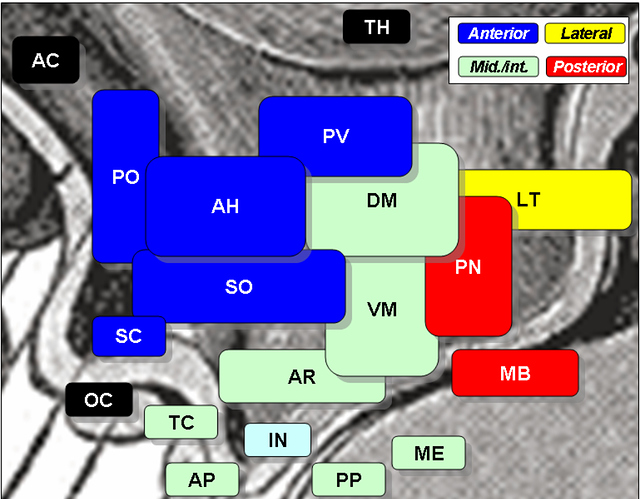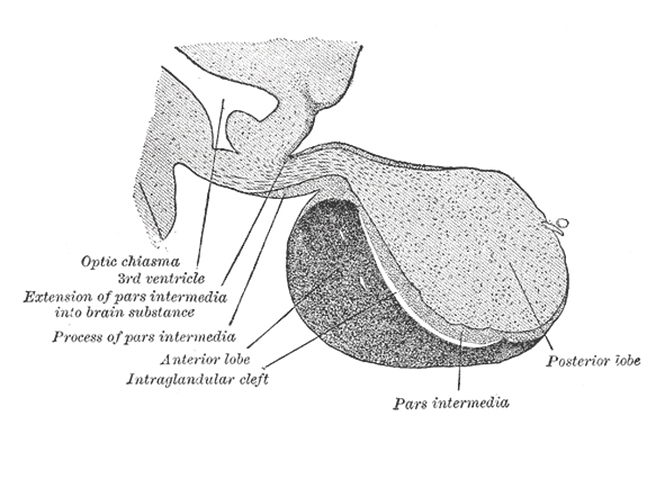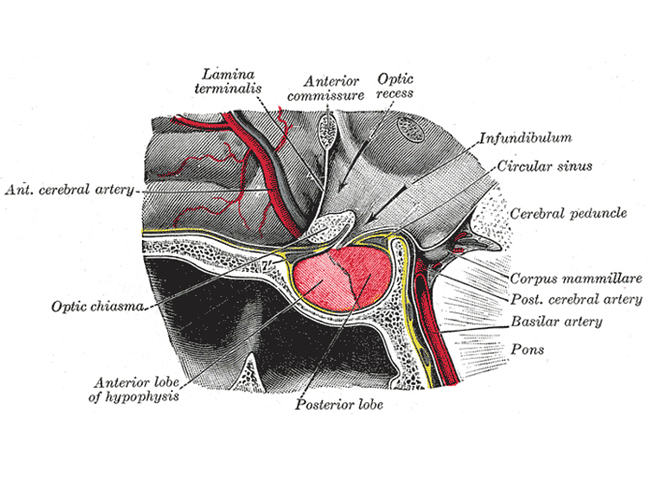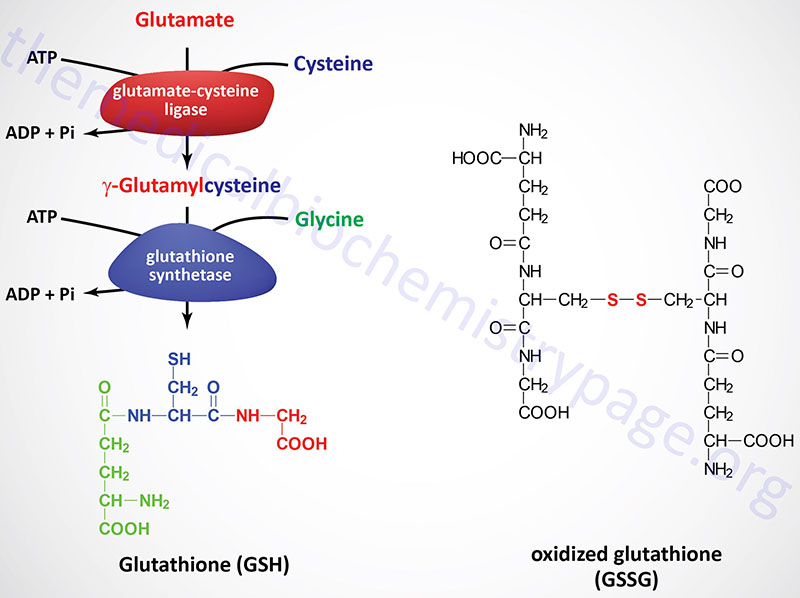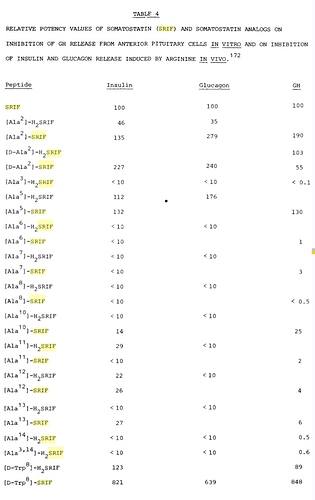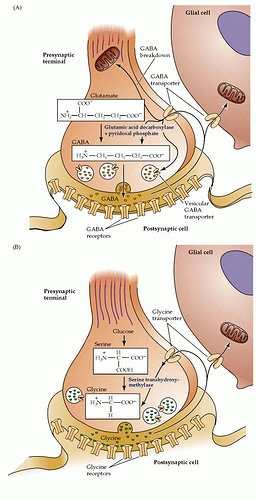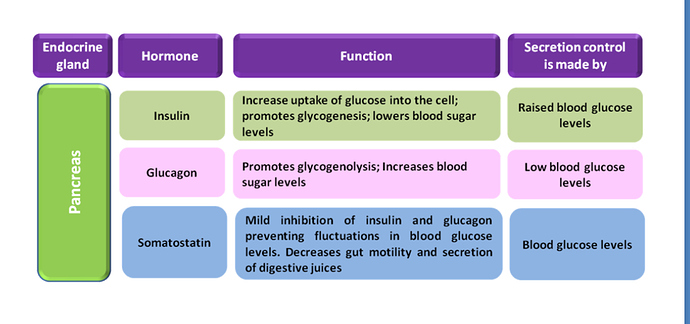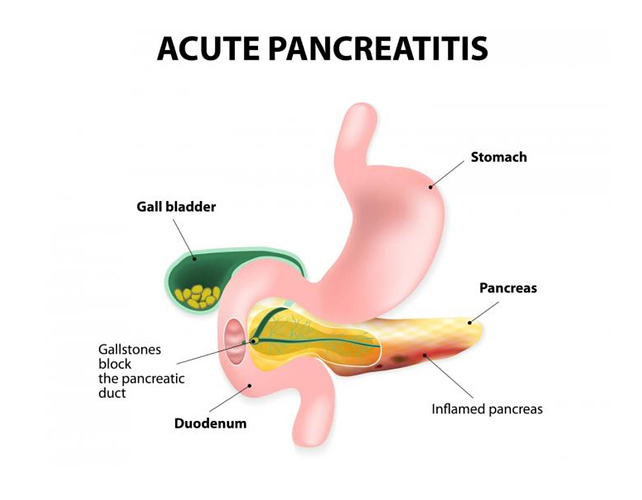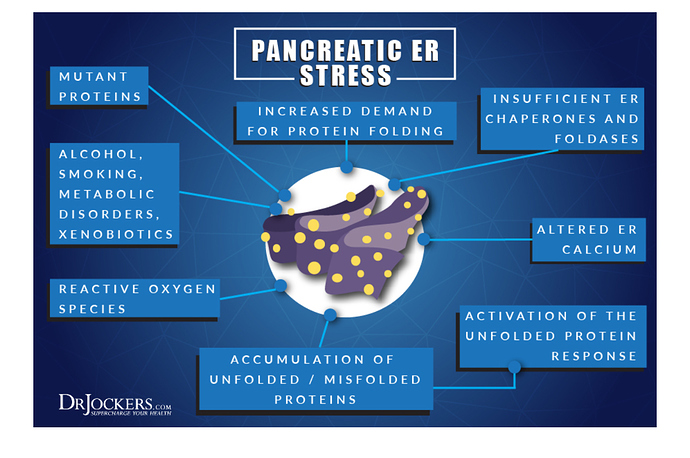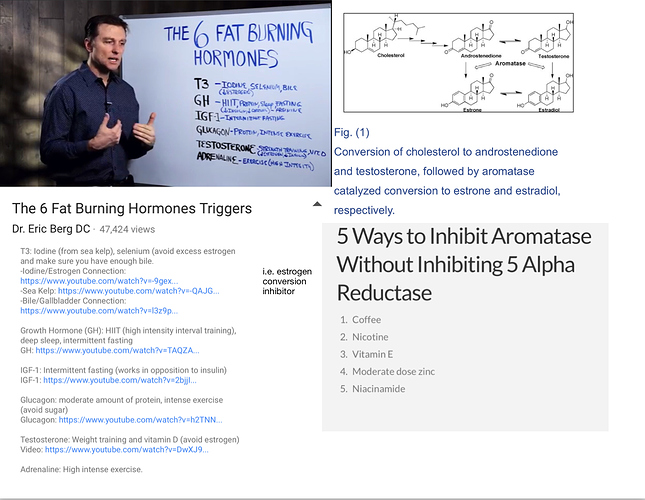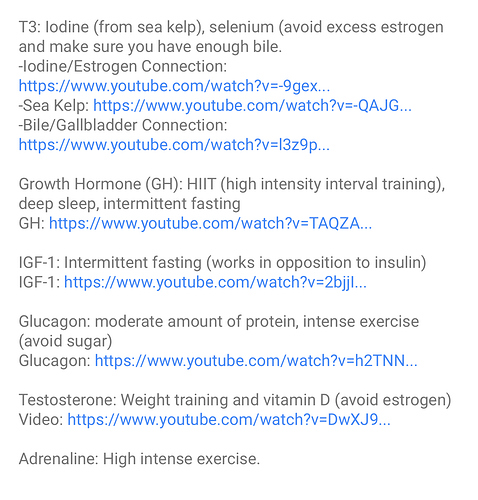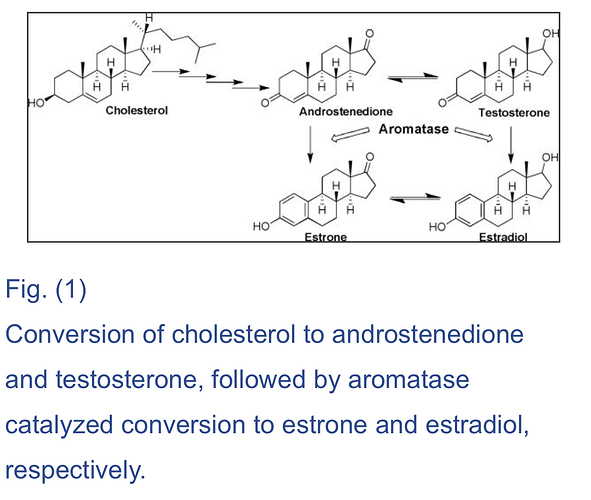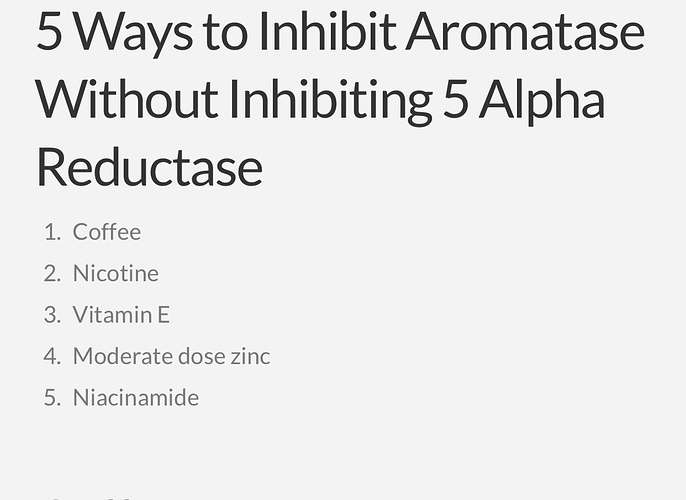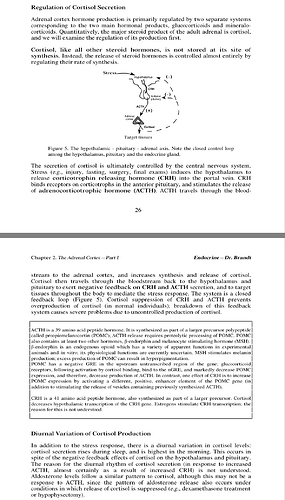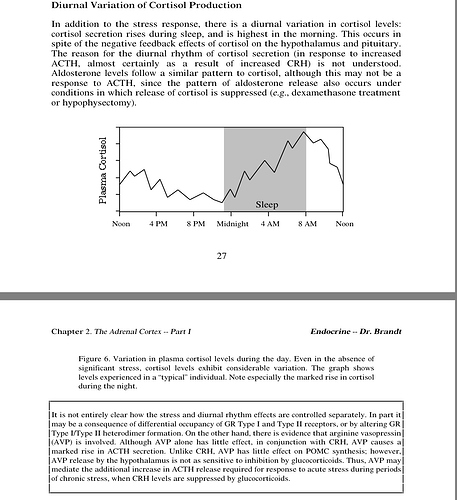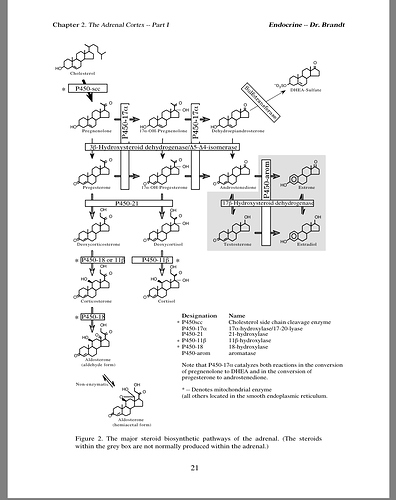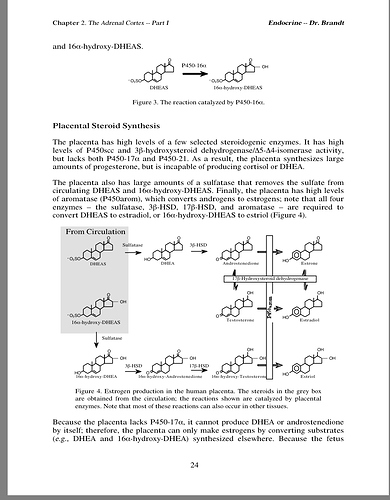HOMEOSTATIC SUMMARY: Digestive & Over All Physiological PH Balance, Circadian Hooks (amount of sunlight, thermal conditions and sleeping cycle) and Somatotropin HGH Pituitary Health & Nutrients!
HGH Secretion from Pituitary Gland in AR Mid Interior Structure Area, Metabolic PH Cycle, Protein Breakdown & Metabolic Acidosis Utilization in Absence Of Excessive Glucose
Factors & Variables of HGH Utilization:
Chain reactions specific to Human Growth Hormone(somatotropin): Somatotropin (HGH) DOES NOT DECLINE WITH AGE as popularly assumed; it is the bodies ability to utilize1 it efficiently. Sugar/Glucose levels stall and inhibit the utilization of HGH by the body which in turn lowers DHEA (IGF-1; side note: DHEA and progesterone can both be converted to testosterone) levels as we age in the presence of excessive glucose, however DHEA (synthesized from cholesterol and secreted mostly by the adrenal glands and sometimes the brain) levels increase as the body begins to increase the utilization of HGH in the absence of excessive glucose…
1DEPENDENT NUTRIENTS FOR PRODUCTION OF HGH IS PROTEIN:
- Availability of a PH balance in bodies metabolic acidosis functionality would be Apple Cider Vinegar (AVC)* & Lemon Juice (LJ) which reduces gastric emptying rate which assists in breakdown down (synthesis of protein and amino acids i.e. protein metabolism) of protein (proteolysis; amino acid degradation), fats, collagen, preservatives and adaption of gut flora to plant fiber. The hormone (HGH) is produced as a 217 amino acid precursor pro-protein (Peptide). The 26 N-terminal amino acids correspond to a signal peptide, which is essential for hormone secretion{3secreting mechanism & 4glycine}.
*Vinegar Improves Insulin Sensitivity to a High-Carbohydrate Meal in Subjects With Insulin Resistance or Type 2 Diabetes http://care.diabetesjournals.org/content/27/1/281
-
ACV & LJ also bring proper PH to assist digestive enzymes Amylase (hydrolyzes/breaks down sugars), Bromelain (digests/breaks down proteins) and Lipase (breaks down dietary fats into smaller molecules called fatty acids and glycerol; lipolysis is the removal of the fatty acid chains from the glycerol to which they are bound in their storage form as triglycerides or fats, is carried out by lipases…)
-
Declining levels (with age) in PH acidity of stomach acids from low plant fiber diet.
HGH BIO-MECHANICAL CHAIN REACTION FUNCTIONALITY CYCLE MAP:
Digestion conditions of precursor proteins (for production of HGH)—> Metabolic Acidosis (Ketogenic State) —>Delta Phase of Sleep Cycle—>Pituitary Gland (5 different types of hormone secreting cells)—>Arcuate nucleus structure area2 (regulates hormonal secretions{4glycine}) is stimulated in hertz frequency sequencing within mid interior structure area during last stage of deep sleep—>Homeostasis (circadian hooks; optical exposure to sunlight, consistent 24 hour cycle from sleep-to-waking state, PH and thermal conditions) 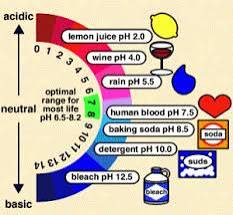
—>Human Growth Hormone HGH Secretes (GHRH; somatotropin{3secreting mechanism & 4glycine}) from Pituitary Gland
= OXIDATIVE BREAKDOWN OF STORED FATS (enhances the utilization of fat by stimulating triglyceride breakdown and oxidation in adipocytes.)
2Frequency sequence stimulating AR (Arcuate Nucleus structure area) and highest concentrations of HGH during resting metabolic state or delta phase of sleep cycle (0.5 - 4.0 Hertz on EEG brain activity scale).
“… 3SECRETION MECHANISM: It was previously believed that after stimulating HGH secretion, membrane bound secretory vesicles containing the hormone dock at the cell plasma membrane. These vesicles were believed to become completely incorporated into the plasma membrane, and would later be retrieved via endocytosis, thus allowing for passive release of the HGH within the vesicles. However, this mechanism is not supported by experimental evidence, such as the appearance of empty and partially empty vesicles immediately after secretion.
Bhanu Jena’s laboratory has recently elucidated the molecular mechanism of cellular secretion. Their studies suggest that there is actually a new cellular structure called a porosome that is involved with the mechanism. Porosomes are “basket-like” structures residing at the plasma membrane that have a 100-150nm diameter opening to the extracellular environment (Figure 1). Rather than docking directly at the plasma membrane post secretion stimulation, membrane bound secretory vesicles fuse at the base of porosomes, which subsequently expel the vesicular contents (Figure 2). During stimulation, the opening dilates about 20-35% to aid in the expulsion of HGH. The porosome returns to the resting size once the process is complete (Anderson et al., 2004)[7].
There exist several hypothalamic hormones that control growth hormone release. The most major of these secretion stimuli is the growth hormone release factor (GHRH). In contrast, the hormone known as somatostatin (SRIF) is known to suppress the release of GH by the somatotrope. These two hormones are the most well known, though it should be noted that there are multiple other control factors which both stimulate and suppress the release of HGH into the bloodstream (Anderson et al., 2004). …” http://proteopedia.org/wiki/index.php/Human_growth_hormone#Secretion_Mechanism
Natural HGH & Pituitary Health Booster:
Food Highest in Globular Protein (contains cysteine an amino acid substrate in globular protein that converts to glycine that in turn regulates the secretions of HGH) GLOBULAR PROTEIN (spheroproteins):
Ricotta Cheese* (Globular Protein 20% - Casein 80%)
*(Human Breast Milk: Globular Protein 60% - Casein 40%)
Other Natural HGH Pituitary Health Boosters:
Vitamin B-3
Deep Delta Stage Sleep
Hypoglycemia like state (i.e. intermittent & extended fasting)
HIIT (High Intensity Interval Training)
Bone Broth (4glycine; regulates the release of HGH from pituitary gland in delta phase of sleep, glutathione, collagen, trace minerals, helps with sleep, heals leaky gut)
BIOSYNTHESIS, BIOCHEMICAL & BIO-MOLECULAR CHAIN REACTION MAP:
GLUTAMINE (enhancing the availability of arginine)—> ARGININE (burns fat faster/down side; weakens immune function in absence of the proper amount of protein; L-Arginine supplementation induces glutathione synthesis in interscapular brown adipose tissue through activation of glutamate-cysteine ligase expression…)—> GLUTATHIONE (a ubiquitous cellular antioxidant; reducing cancer risk. GSH levels tend to decline 10% to 15% percent every 10 years)
SRIF Factors & Diet (animals): http://joe.endocrinology-journals.org/content/170/1/R1.full.pdf
Potency Values of Somatostatin (SRIF) on HGH and inhibition of Insulin and Glucagon Release induced by Arginine
Sample:

